Unexplored Terrain
Medical Freedom
Sixty-two sailors jailed for delinquency were invited to take part in a medical experiment in exchange for a pardon. Mucus from sick patients was put into the eyes, nose and throat of some sailors. Others were injected with the blood of sick patients. Thirteen volunteers were taken to a ward full of dying patients where they each shook hands and spoke for five minutes at close quarters with a different sick patient. They inhaled deeply as the sick patients breathed on them and coughed in their faces. Each volunteer repeated these actions with ten different patients. Not a single volunteer got sick.
These were the Rosenau experiments in Boston in November 1918 at the height of the so-called Spanish flu.
A companion experiment with patients in San Francisco produced the same result. The volunteers did not get sick. None of the volunteers had a previous history of influenza.
The Spanish flu is the only influenza epidemic to kill more young adults than the traditionally more vulnerable children and old people. It is also the only flu to kill more men than women. Other than an infectious disease other possible causes of the so-called Spanish flu include the privations, displacement and distress of war compounded by the broad classification of resultant illnesses as the pandemic.
Four years of chemical bombardment and trench warfare left a legacy on the land and people. The Spanish flu was unusual for the speed and manner in which it killed its victims, whose lungs would fill with fluid and skin would turn blue-grey, symptoms which are in keeping with deaths from mustard gas attacks in World War 1. Other possible causes of the Spanish flu include the “orgy of vaccination and inoculation,” to which the troops were subjected, toxic medications (P.152), and the introduction of new electromagnetic and radio frequencies.
The Black Death of the 14th century was supposedly carried to people by fleas from infected rats but there is no evidence of an increase in rat deaths in the archaeological record. It has been suggested that gerbils may have been plague carriers but there is no evidence to support this and importantly, gerbils are not native to Europe. Dendrochronologist Professor Mike Baillie observed that “during the black death the tree ring growth was much smaller,” and he went on to find that ice core samples from the period reveal “high levels of ammonia in the atmosphere -which is extremely toxic.”
Contemporary writings include the observation that, “There have been masses of dead fish, animals and other things along the sea shore and in many places trees covered in dust .... and all these things seem to have come from the great corruption of the air and earth.” (P.158)
A possible cause for the contamination of the atmosphere was a series of earthquakes of which the biggest occurred on 25th January, 1348.
Also recorded and possibly related was a very visible comet and changes in weather systems that caused crop failures and subsequent migration. Conditions were so bad that there were even reports of cannibalism.
The story of the European colonisation of the Americas holds that the indigenous people were decimated by the introduction of small-pox. Yet for this to have happened small-pox must have been brought across the Atlantic without killing the sailors who lived in close quarters for the journey of several weeks (P.132). Having apparently safely incubated the virus it is then said that the Spanish were able to transfer it to blankets to infect the local populations, thereby utilising bio weapon technology that does not exist. Native Americans were supposedly susceptible to the disease as they lacked previous exposure yet it is also noticeable that many survived.
Recorded history suggests that the deaths of Native Americans were caused by the genocidal actions of the colonialists. Massacres, slavery, overwork, displacement, starvation, exhaustion, and trauma were factors. It is reported that the horrors they experienced led to some people just giving up. As noted in Europe the prevalence of diseases such as small-pox related to poor living conditions.
In 1984 when the supposed discovery of HIV was announced by press conference, the idea of a new disease did not go unchallenged. The unusual health problems appearing in Los Angeles were among men in the homosexual party scene that involved heavy use of drugs including amyl nitrite 'poppers' that can cause symptoms of 'wasting.' This was, “a situation where a handful of gay men were burning the candle at both ends and putting a blowtorch to the middle. It’s no wonder that after a while... they started getting sick in these unusual ways that previously had only been seen in older people.”
“Dr. Peter Duesberg observed that critical AIDS cases in the 1980s were among men... who had... “cumulative toxic exposures from psychoactive drugs including methedrine, cocaine, heroin, LSD, and a cocktail of antibiotics prescribed to treat ubiquitous (so-called) sexually transmitted diseases. On average, the early AIDS patients had been on at least three antibiotics courses in the year preceding diagnosis.”
Many of our foundational stories depend on and bolster germ theory, the founding father of which was Louis Pasteur. Yet where the truth does not fear inquiry Pasteur secreted his research, giving his family instructions to hide his notes after his death (P.85). Pasteur is now considered to be a fraud and is widely quoted as admitting on his deathbed that his intellectual opponent Antoine Bechamp was right that, “the microbe is nothing, the terrain is everything.”
The use of the word terrain is given to mean the environment. Healthy crops grow on terrain where they are provided water and sunshine, and such resources as they require. It follows that the same might be true for animals and people. A healthy interaction with a nourishing external environment creates a healthy internal bodily terrain.
The idea of germ theory emerged from the concept of miasma and the belief that an illness was an attack by unseen forces. Antonie van Leeuwenhoek first viewed bacteria through a single lens microscope in 1676, and germ theory was proposed by Dr Plenciz in 1762. By 1844 Italian entomologist Agostino Bassi was arguing that human diseases were caused by microorganisms (P.100). The word virus that had previously meant poison was later applied to previously unseen microbes that were found under electron microscopes.
Robert Koch wrote postulates to establish the cause of disease, but contrary to popular perception these were never fulfilled (P101). In 1911 Dr M.L. Leverson observed that,
“The entire fabric of the germ theory of disease rests upon assumptions which not only have not been proved, but which are incapable of proof, and many of them can be proved to be the reverse of truth. The basic one of these unproven assumptions, wholly due to Pasteur, is the hypothesis that all the so-called infectious and contagious disorders are caused by germs.” (P.82)
In 1928 Dr Beddow Bayly wrote in the journal London Medical World that,
“I am prepared to maintain with scientifically established facts, that in no single instance has it been conclusively proved that any microorganism is the specific cause of a disease.” (P.82)
The belief that viruses are a causative agent of disease is based on the laboratory process that is termed 'isolation of the virus.' This involves removing a secretion such as snot from a sickened person, stirring it (centrifuging), filtering it, adding it to a foreign cell culture and then poisoning it (with antibiotics) and starving the cells. Any deleterious effects subsequently observed in the cell culture are then attributed to a virus. If the poisoning is not sufficient to create the desired effects more effective poisons (antibiotics) are used. Very often it is only when the processed cell culture is finally starved that cells deteriorate (producing effects that are called cytopathic). When the cells in the culture degrade they produce particles (extra cellular vessicles), which include exosomes (–although the nomenclature of these particles is loosely defined). Virologists take these particles to be disease causing viruses rather than a consequence of the ‘isolation,’ process.
The problem in attributing such effects to a virus and identifying such emergent particles as viruses is that the whole process produces the same effects regardless of whether a so-called virus is thought to be present.
This process is not isolation as the word is commonly understood. Effectively the only way virologists isolate viruses is by redefining the term. The CDC have admitted that literal isolation is, “beyond what is possible in virology.” As such there is no evidence that viruses are causative agents of disease. We cannot attribute effects to that which we cannot find or prove to exist.
Though it may be thought that the virus particles are too small to be isolated, Thomas Cowan points out that this is not the case as similarly small particles such as bacterial phages and exosomes have been isolated since the 1930s.
Notably, the effects of the so-called virus isolation process would only ever prove what happens when cells have been removed from a living organism and are experimented upon in a laboratory (in vitro). This bears no relation to what happens when the cells are part of a living organism (in vivo). We would not expect an arm to behave the same as it does when attached to a living body if it was removed from the body and experimented upon in a lab.
It is also important to recognise that “any virus outside of an alive cell is inert.” (P.94) A virus is 'not motile,' -it cannot move by itself. There is no explanation for how it supposedly escapes its host cell, hitches a ride in a particle due to be ejected from the body in a cough or a sneeze, or how it leaves that cell and injects itself into a cell in a new host.
“The transmission of any viral particle attached to saliva or mucous travelling through the air has never been observed; viral particles are only ever observed in a laboratory under an electron microscope. The transmission of viruses in the air is an assumption; as is their ability to travel through a human body.” (P.95)
Viruses only exist in computer modelling (in silico). When taking the sequence of a genome that exists in nature, the whole coherent sequence is read from a sample from an isolated subject (such as blood from a person to sequence the human genome). As viruses cannot be isolated, supposed virus sequencing involves taking a sample from the lung for example and taking codes from the mixture of genetic matter found in the lung. This produces a jumble of incoherence from which only shorter genetic patterns can be recorded. The computer then stitches together these short genetic sequences from the various genetic matter in the original sample to produce an overall sequence that never existed in nature. Due to the arbitrary nature of this process and the random genetic mixtures used in the samples the computer modelled pattern that supposedly identifies the virus cannot be replicated. This renders it unscientific. Instead of this failure falsifying the original claim, virologists interpret new computer modelled sequences as new variants of the supposed virus.
In 2011 former virologist Stefan Lanka offered a financial prize of 100,000 euros to anyone who could prove the existence of the measles virus. Medical student David Barden responded by presenting six published papers which Lanka rejected (P99). The dispute went to court in 2015 with Lanka losing the initial case as Barden's papers were taken to prove the existence of measles by the court expert, a virologist. In 2016 Lanka won an appeal on the basis that there were no control experiments conducted in the papers - meaning that they were not scientific.
Similarly, Chemistry Nobel Laureate Carey Mullis was surprised to find that there was no evidence that a human immunodeficiency virus (HIV) causes AIDS. In 2020 Samuel Eckert offered prize money that eventually reached 1.5 million euros to anyone who could prove isolation of SARS-CoV-2 and its genetic substance. The prize was never claimed.
In 2022 UK scientists attempted to infect people with the alleged covid-19. Like similar studies with influenza the subjects failed to get sick. The failure in the covid trial was attributed to high levels of immunity. People continue to be vaccinated.
Canadian Christine Massey has so far amassed 225 replies from Freedom of Information requests to official bodies around the world that have confirmed no evidence of “the alleged “SARS-COV-2” having been found in any sick human and purified.” The pictures of the alleged virus shown to the public were computer generated images and no more real than NASA's pictures of space. It is interesting to note that Anthony Fauci who led the US covid campaign, also led the AIDS project and co-authored a “profusion of conjecture…and speculation,” on the Spanish flu that implicated bacterial pneumonia.
As Pasteur is to germ theory so Robert Koch is to bacteriology. Yet the postulates that he established to serve as the basis for identifying causes of disease have never been satisfied. To prove that an agent causes disease it must be present in every host with the illness and not found in healthy subjects.
These criteria are often not met. It only takes one exception to disprove the rule. Healthy people often test positive for bacteria associated with illnesses and are then said to have latent infections. This means that the bacteria do not cause disease. Patients with disease have been found not to have the relevant bacteria, with examples being TB and diptheria (P103).
Bacteria are not pathogens or parasites but serve essential functions clearing dead cells and waste matter. They are used in sewage treatment for this purpose and also perform a vital role in the cycles of oxygen, nitrogen and carbon. Bacteria are sapotrophic meaning that like a digestive system they are involved in the breakdown of waste for nutrients. They are also pleomorphic meaning that they change their form depending on the surrounding conditions. As with exosomes the fact that they are found in diseased tissue makes them no more responsible for disease than a fireman is responsible for a fire he attends (P99).
In order to demonstate the fallacy of germ theory, Dr. Emmanuel Edward Klein and Dr. Max von Pettenkofer and two of his students drank pure culture of cholera bacilli and Dr. Rudolph Emmerich injected himself with cholera. John Thresh accidentally drank a pure culture of typhoid bacillus. Dr Matthew Rodermund exposed himself to small-pox and had others ingest diptheria, small-pox, scarlet fever and tubercolosis. Dr. Powell and John B Fraser conducted similar experiments on themselves and others and none of the above became sick. Even Robert Koch himself, drank a culture of cholera bacilli in frustration at failing to infect animals.
In 1996 Nancy Padian published a study of 175 couples of whom one of each couple was HIV positive. Over ten years no HIV transmission occurred. In 1994 Dr. Robert Wilner injected himself with blood from an HIV patient live on TV and never tested positive for HIV or developed AIDS.
As I have examined previously, bad air was long considered to be the cause of the scurvy that affected sailors until they recognised the importance of fresh food. Similar superstitious ignorance prevails today as people isolate themselves and wear masks for fear of bad air affecting their health. Many of these people would claim to be following science and so would be surprised to learn that there is no scientific basis for notions of infection or contagion and consequently of an immune system. No virus has ever been isolated or proven to be the causative agent of disease, and so there is no virus from which to be immune. As with any machinery for which we sufficiently fail to fuel, maintain, or care, our bodies will fail not from an attack but from a breakdown. We are responsible for our own machinery and health. The breath of a passing neighbour is no more the cause of a broken down car than it is for our health.
Discounting germs, Dr. Sam Bailey provides forty reasons why people might get sick.
These can be summarised as poor nutrition, poor hydration, lack of exercise or sunlight, emotional stresses, and environmental factors, (such as toxins in the air, food, water, or medicines, or electromagnetic frequencies). To this list we can add the nocebo effect.
We all understand that if we overuse alcohol any subsequent symptoms of sickness are not caught from our neighbours. We also understand that, for a variety of reasons, individuals will respond differently to the same dose of alcohol. It is interesting to note that lockdown limited people's sunlight, exercise, and social interaction, and added emotional stress and fear. The attendant isolation increased reliance on electrical devices, alcohol, drugs, medication, and junk food.
Germ theory as espoused by Pasteur has created an adversarial and militaristic view of our relationship with the world that requires us to be on constant guard against unseen ubiquitous enemies. Pharmaceutical companies provide ammunition and armoury to bolster our 'immunity' against invisible killers that are thought to surround us.
This is an oppositional view that lends itself to the propagated notion that man is a virus, a plague upon the earth from which even his fellow man must hide his face and his person. Events since 2020 have demonstrated that very little has changed since William White wrote in 1885 about the medicine of the early 18th century (P.53):
“There was no scientific knowledge of the laws of health; diseases were generally regarded as mysterious dispensations of Providence over which the sufferers had little control; and a great part of medicine was a combination of absurdity with nastiness.”
Terrain theory sets aside the absurdity and nastiness and returns to us complete control over our health.
Related Articles:
Vaccination
German New Medicine
Thank you for reading and many thanks to my paying subscribers.
You can help me to write more frequently by
1. Subscribing monthly here on substack
2. Making a one-off contribution via BuyMeaCoffee
3. Contributing in either way via bank transfer to Santander, account number 00758982, sort code 09-01-36, account name F X ONeill (please use your email address as a reference if you’d like me to acknowledge receipt).
Your support enables me to write these articles and is very much appreciated. Thank you.

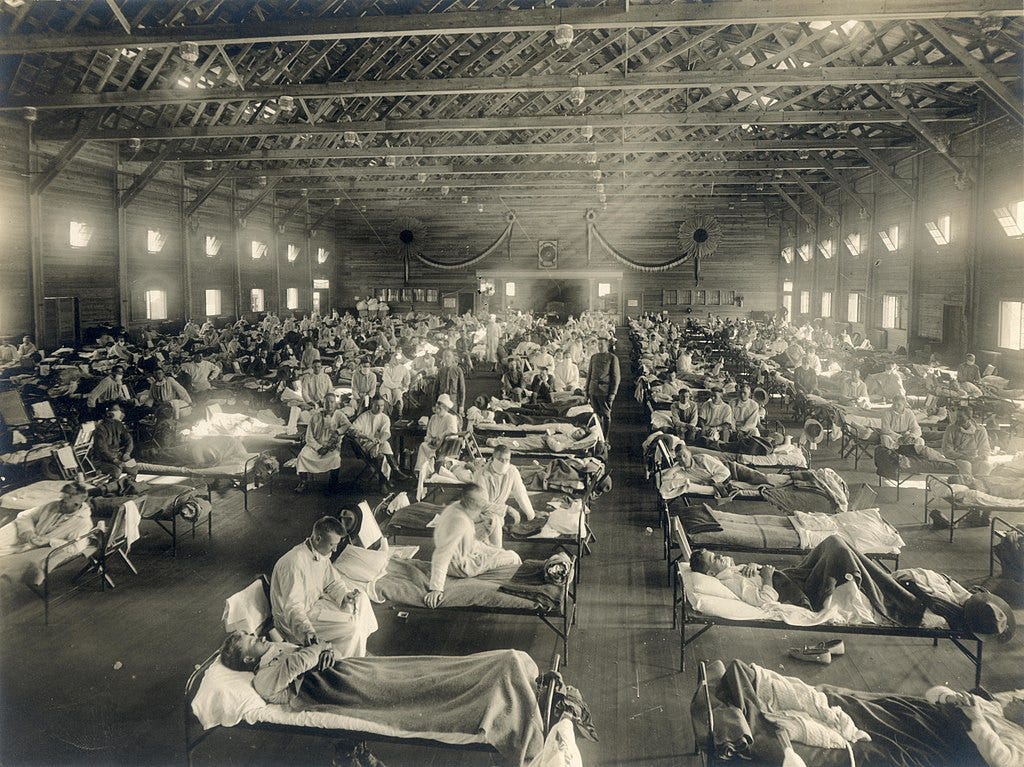
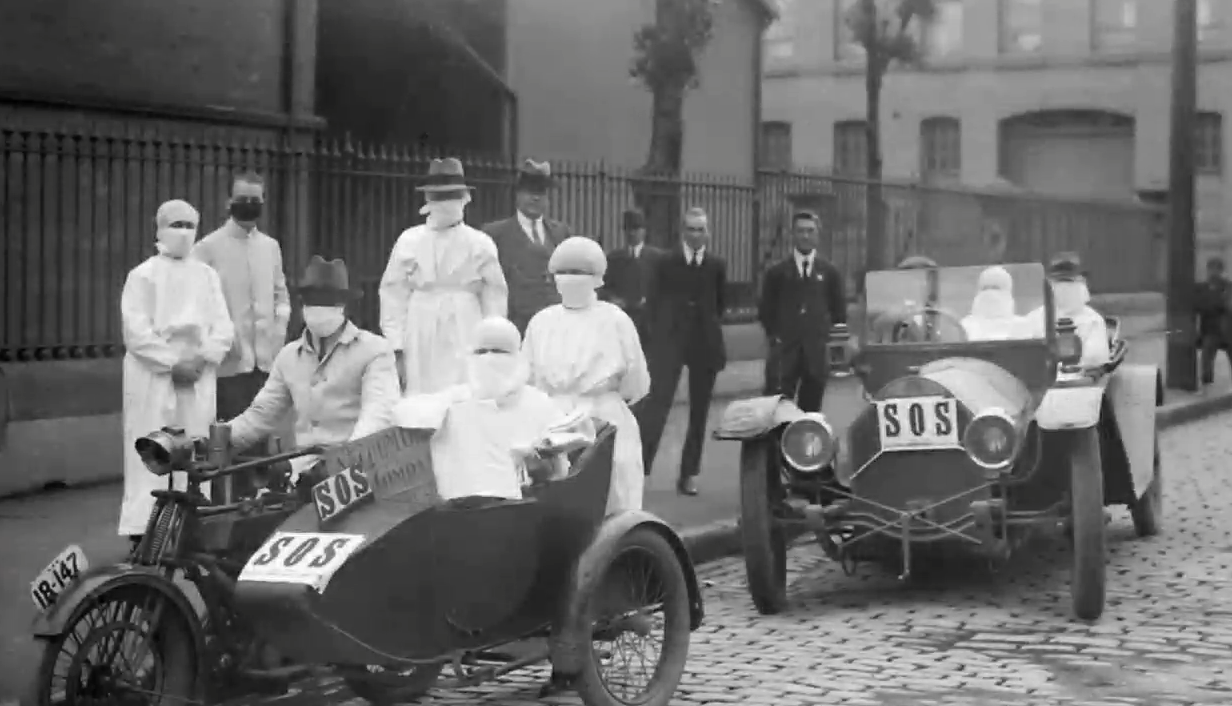
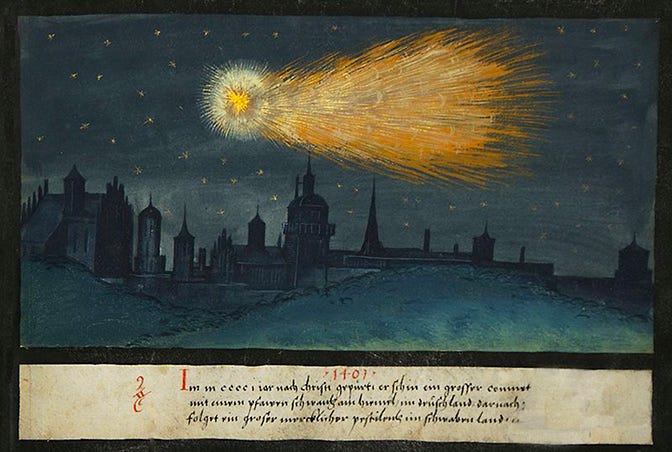
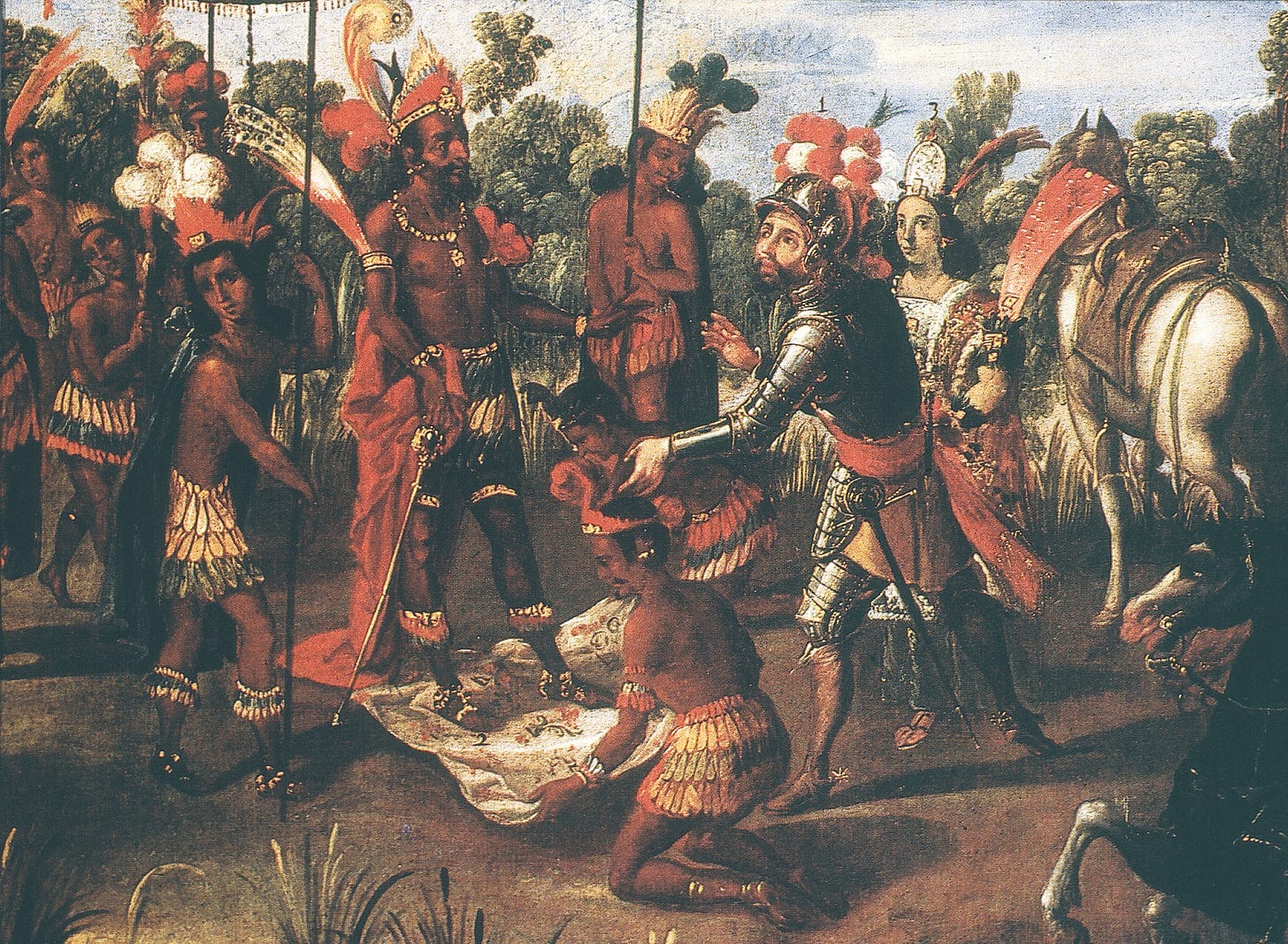
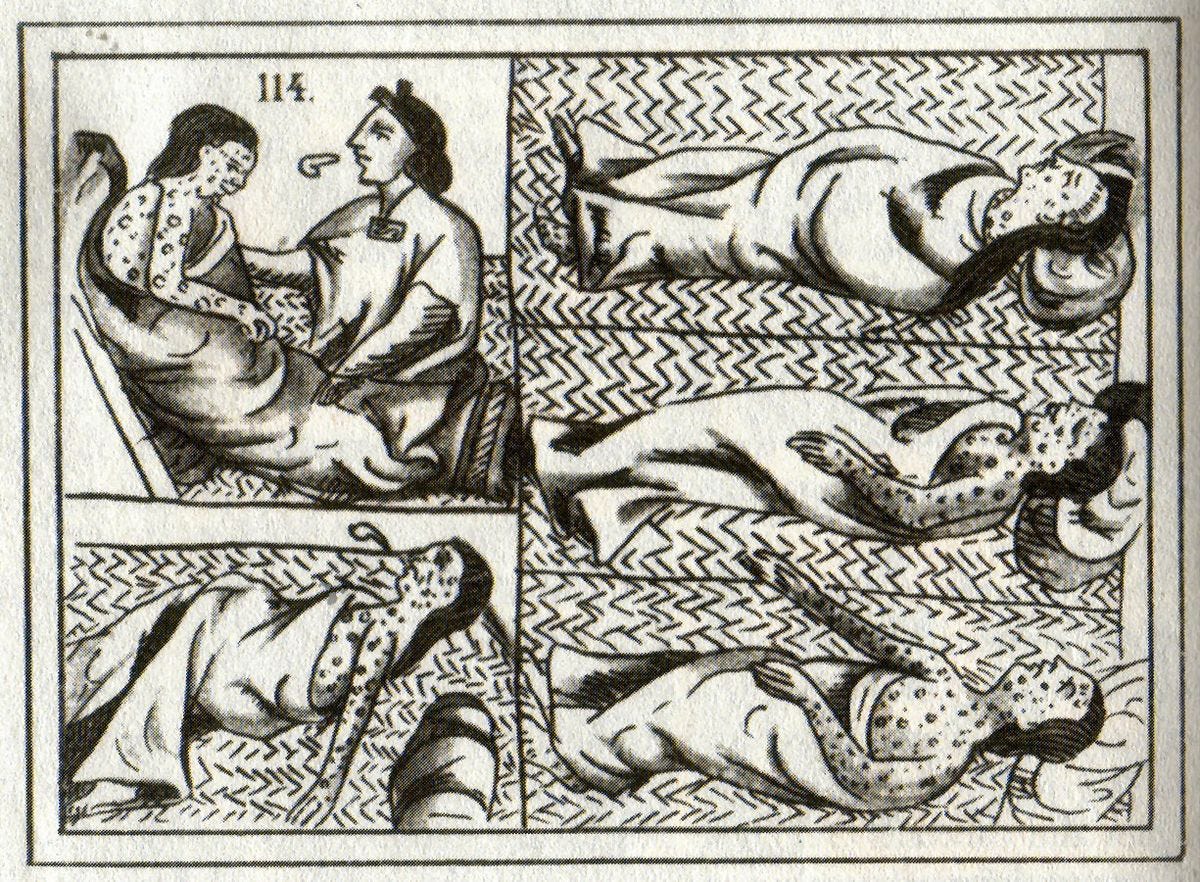
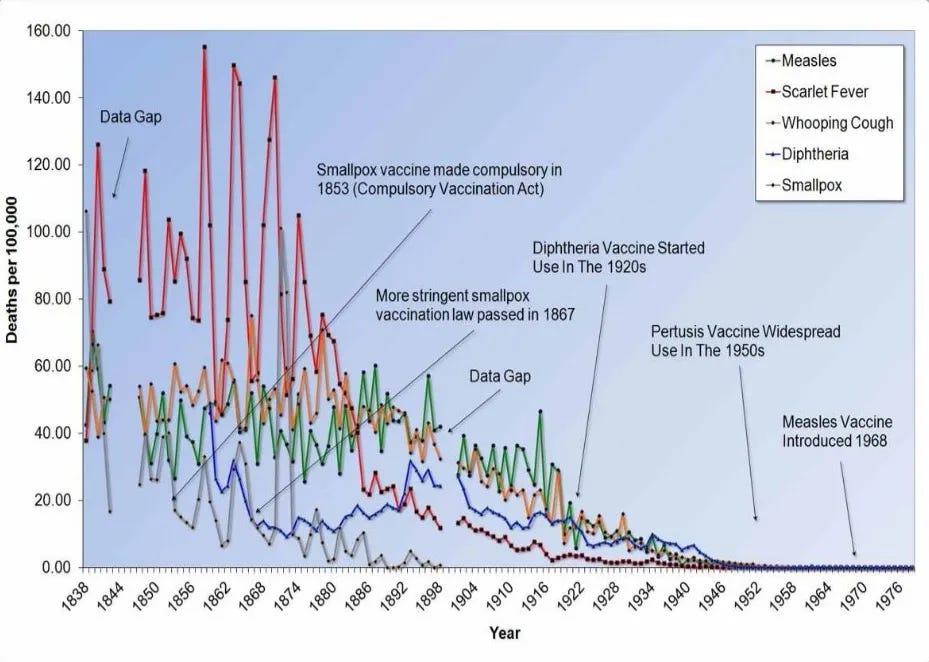

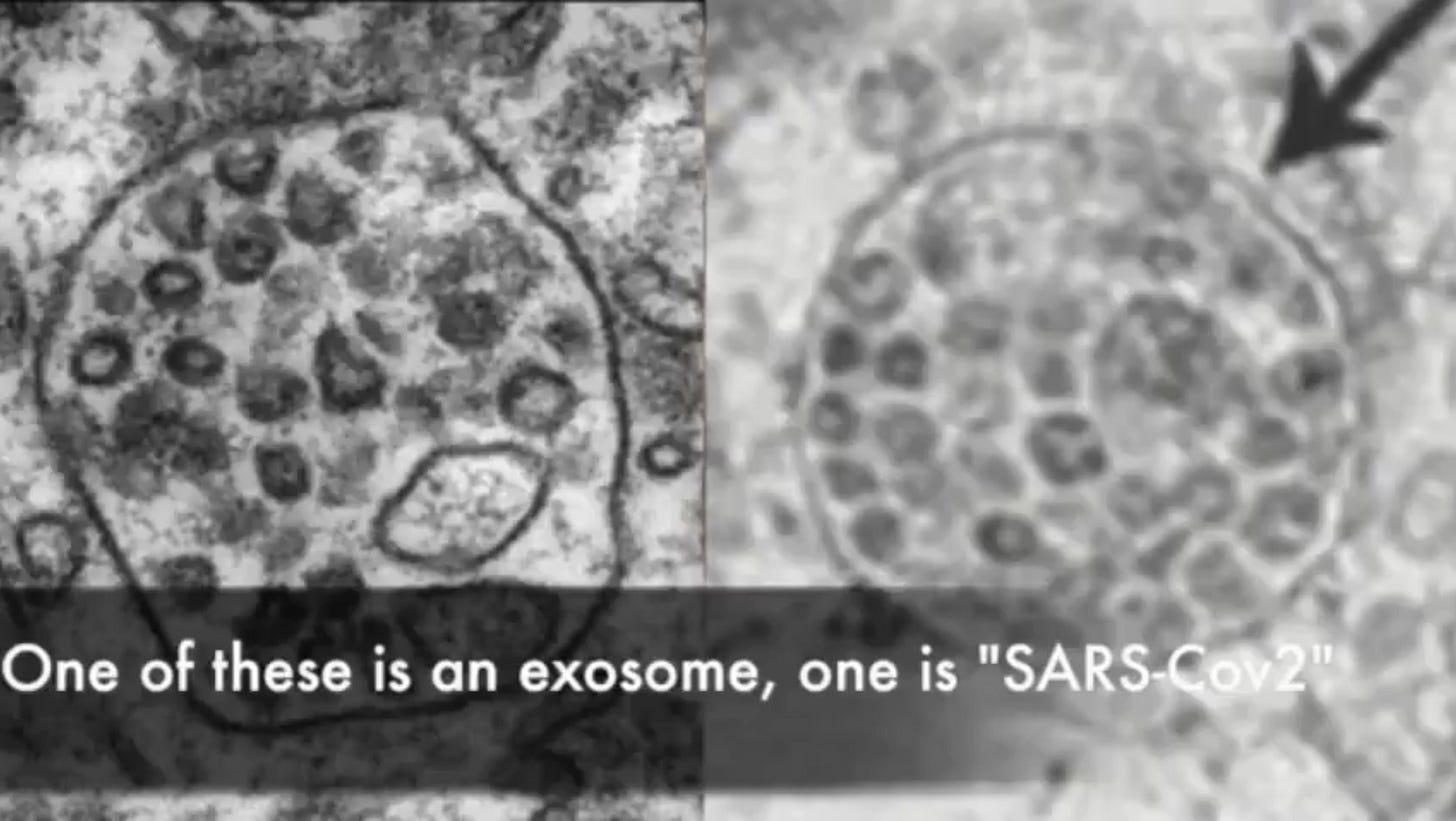
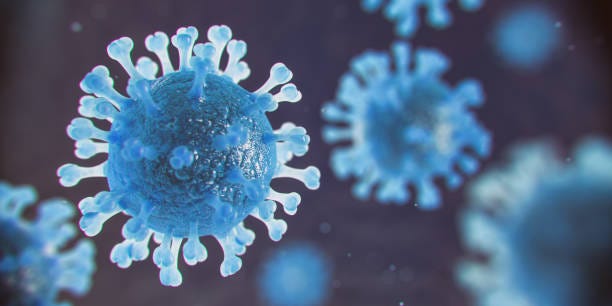
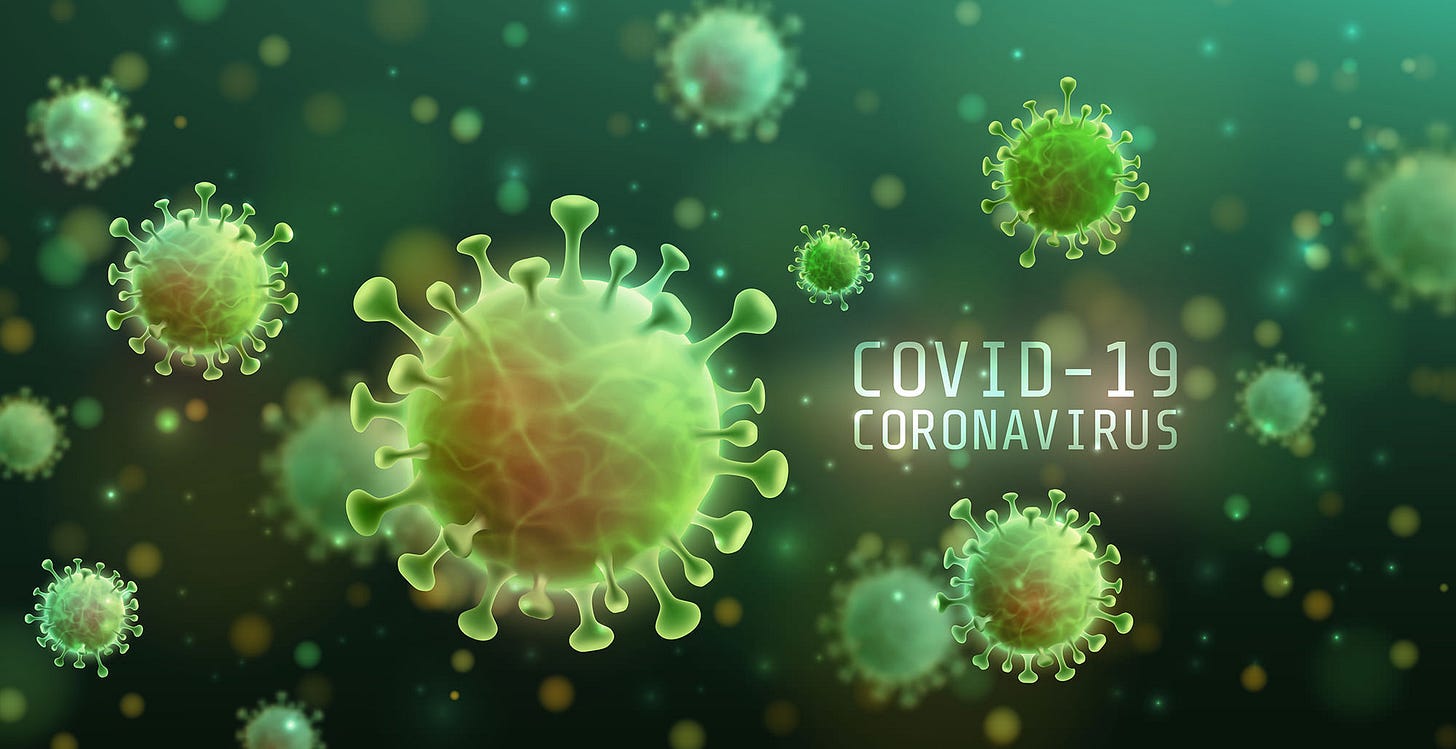

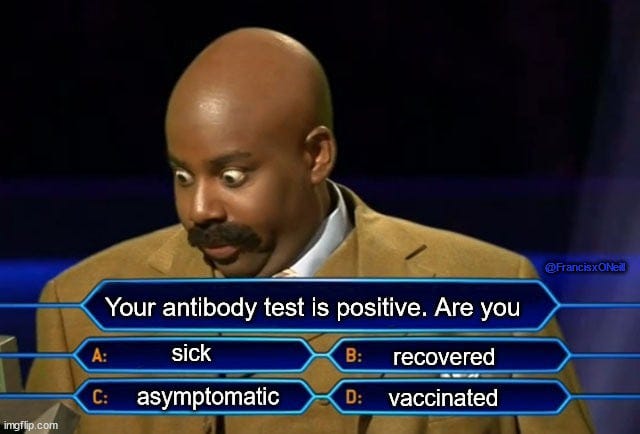
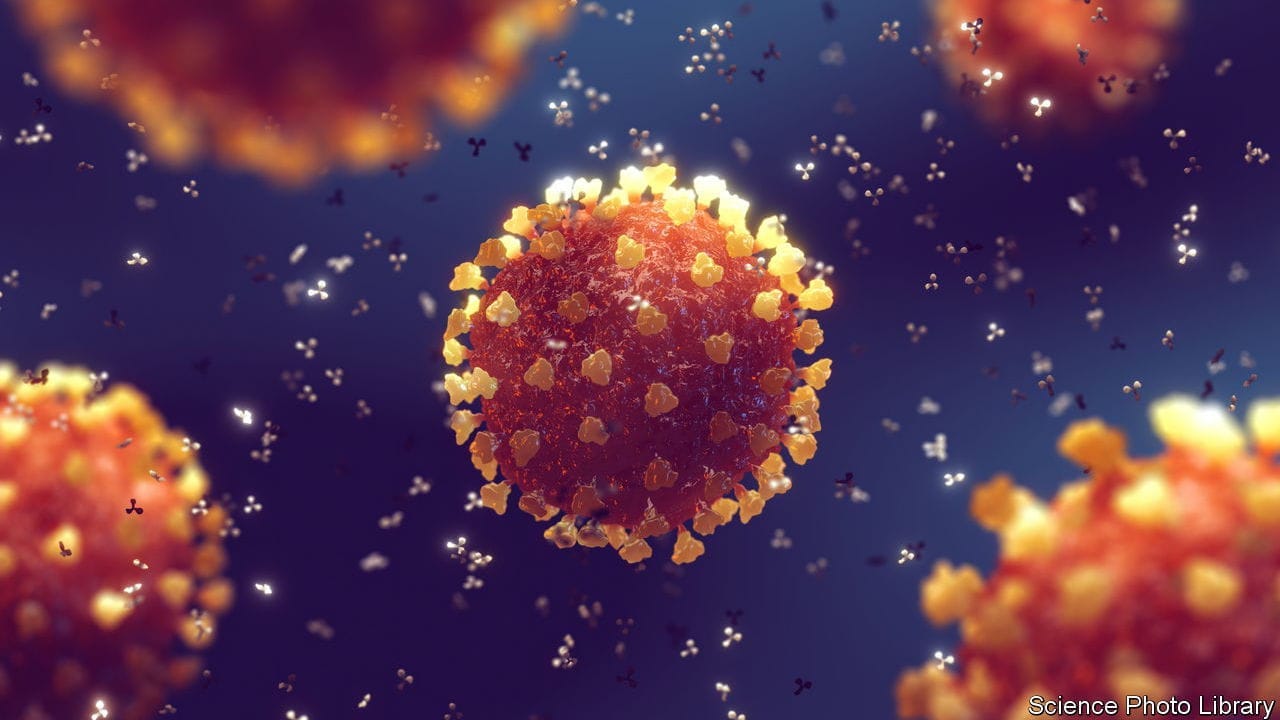
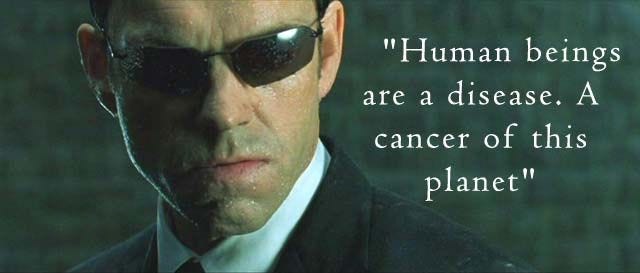
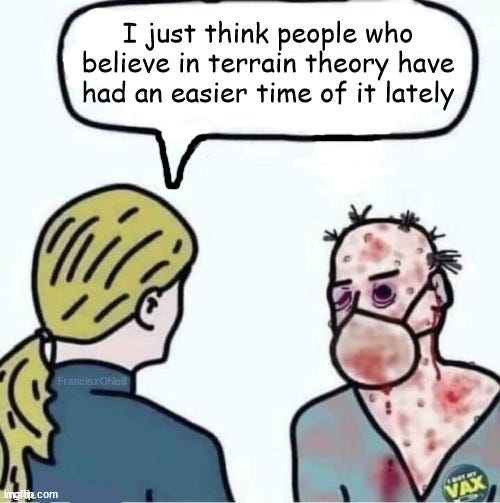
Glad to see your mention of Mike Baillie and his book, "New Light on the Black Death." Mr. Baillee completely decimates the idea that rats were the cause by use of a simple strain of a thing called "logic." For one thing, the disease arrived in Iceland before ships could have brought it there. Presence of scads of dead fish and earthquakes lends credibility to the notion of cometary pollution, and Comet Negra was there before the disease. That has a Velikovsky tinge to it, so people shy away, but I regard Immanuel Velikovsky as a man who was pilloried and crucified not because he was wrong, but rather because he disclosed forbidden knowledge.
Very interesting and informative article with great links thanks Francis.
I’ve read quite a few books in the last few years re-the existence of viruses. It’s obvious that we have all been conditioned to accept that they exist and cause disease, when in reality history, and genuine science, proves otherwise.
‘It is not strange that health improves when the population gives up using diluted sewage as the principal beverage’ - Dr Thurman Rice 1932.
Also, many thanks for your continued questioning of the media & government on everything.
It’s better to risk being mistaken in the pursuit of truth than to blindly believe proven liars 👍🏻